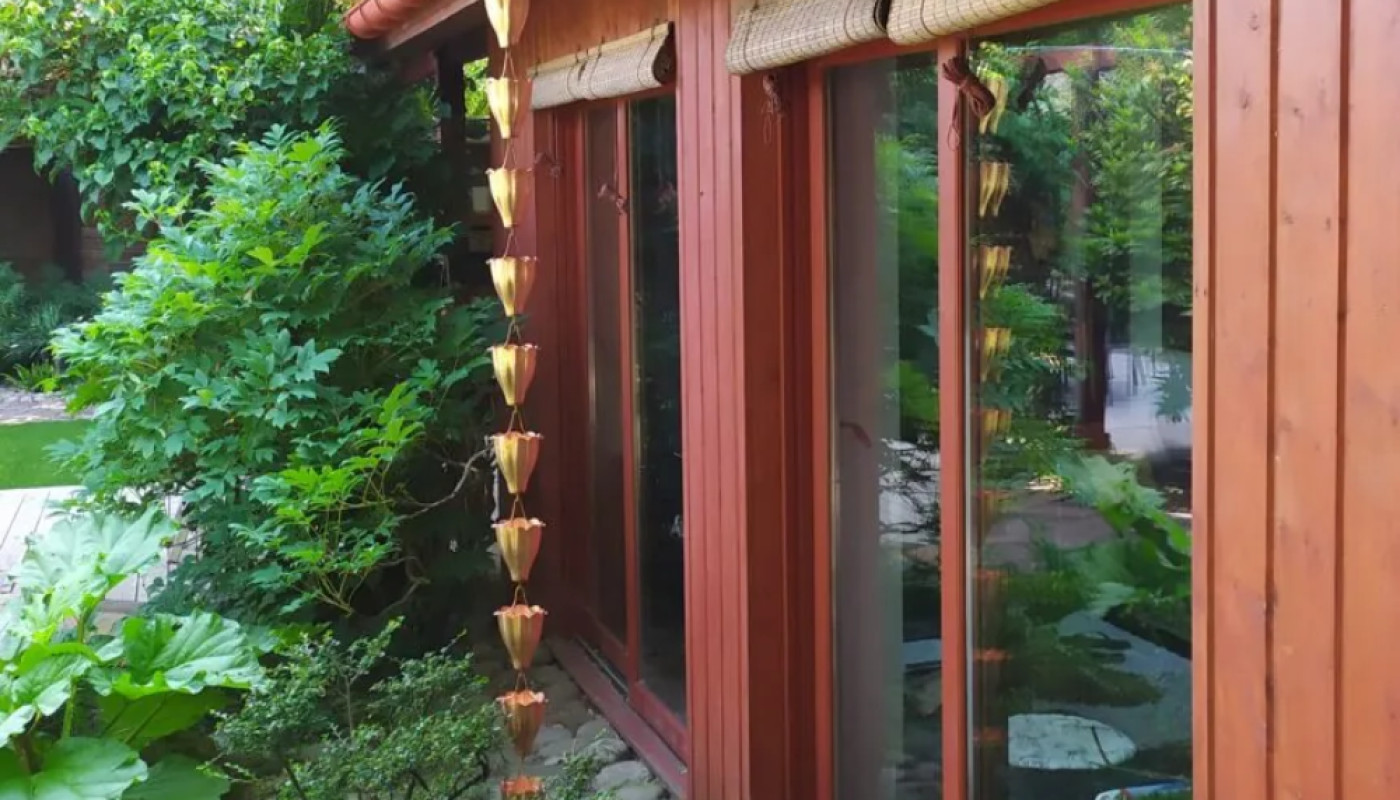Table of contents
Discover how ultrasonic technology is transforming modern pest control methods. This cutting-edge approach offers an environmentally-friendly alternative to traditional chemical solutions, promising safer homes and workplaces. Unveil the science behind ultrasonic devices, their effectiveness, and what the future holds for this innovative technology in the paragraphs below.
Understanding ultrasonic pest control
Ultrasonic pest control operates by emitting high-frequency sound waves, typically in a frequency range above 20,000 hertz, which are undetectable to humans but disruptive to many common pests. The principle behind how ultrasonic works centers on exploiting the unique auditory sensitivities found in rodents, insects, and other unwanted animals. Sound waves generated by these devices travel through the air and interact directly with the nervous systems of pests, causing discomfort, disorientation, and communication interference. This pest deterrence mechanism makes the environment inhospitable, encouraging pests to leave without the use of chemicals or traps.
Devices designed for ultrasonic pest control are carefully calibrated to deliver sound waves that specifically target the auditory or sensory systems of target pests, ensuring that the frequency range is both safe for humans and pets and effective against unwanted species. As a result, ultrasonic technology provides non-toxic solutions that appeal to those seeking environmentally friendly alternatives to traditional pest management. The scientific approach to pest deterrence, grounded in acoustic research and wave propagation, makes ultrasonic pest control an increasingly popular option among individuals searching for advanced, eco-conscious pest management methods.
Benefits of going chemical-free
Opting for chemical-free pest control methods, such as ultrasonic repellers, brings significant advantages in both personal health and environmental protection. Traditional pesticides can release hazardous compounds into the air and surfaces, increasing the risk of exposure to toxins for humans, pets, and wildlife. By choosing safe pest solutions like ultrasonic technology, homeowners and businesses can maintain zero chemical residue in their spaces, effectively minimizing contact with harmful substances. This approach aligns with eco-friendly pest management practices that support cleaner indoor air and prevent soil and water contamination, which are often consequences of repeated chemical applications.
Ultrasonic repeller benefits extend beyond safety to include user convenience and long-term sustainability. These devices operate quietly and require minimal maintenance, making them an accessible and hassle-free option for sustainable pest control. Unlike chemical-based methods that may need repeated applications and specialized handling, ultrasonic deterrents simply plug in and provide continuous protection. Adopting this technology reduces the need for resource-intensive pest management routines, offering a reliable solution for those seeking effective, non-toxic, and environmentally responsible alternatives to conventional treatments.
Effectiveness across different pests
Ultrasonic technology has gained widespread attention for its potential as a non-toxic method of pest management, but ultrasonic pest effectiveness varies significantly depending on the target species. For rodent control, research demonstrates that ultrasonic frequencies can initially disrupt the normal activities of mice and rats, resulting in decreased feeding and nesting within treated areas. Nevertheless, results indicate that rodents often develop habituation to the repeated ultrasonic signals, diminishing the long-term deterrent effect. Insect repellents using similar technology have been marketed for cockroaches and mosquitoes, yet field studies demonstrate mixed outcomes, with efficacy heavily influenced by frequency range, device placement, and the biology of the targeted insect. Cockroaches, for example, may display avoidance behavior at first but rapidly exhibit pest resistance due to their adaptability and lifecycle. Similarly, mosquito populations may only be minimally affected, as their sensory systems are less responsive to ultrasonic waves compared to mammals.
A review of peer-reviewed studies and real-world applications reveals that while ultrasonic devices may contribute to short-term pest behavior modification, sustained results are inconsistent. Factors such as room acoustics, furniture layout, and the presence of obstructions can impair the reach and intensity of ultrasonic waves, reducing their impact on pests. In residential and commercial environments, some users report initial reductions in pest sightings, but these effects often wane within weeks as pests acclimate. The tendency for habituation is particularly pronounced among social species that quickly learn from environmental cues, enabling progressive adaptation to the signals. This adaptation underscores the complexity of pest resistance in ultrasonic-based systems, highlighting the necessity for integrated strategies rather than relying solely on ultrasonic repellent devices.
Despite these challenges, ultrasonic pest effectiveness is most pronounced when used as part of a broader integrated pest management plan. When combined with conventional exclusion and sanitation measures, ultrasonic devices may offer supplementary benefits by temporarily disrupting pest activity and reducing infestation pressure. Researchers emphasize that understanding pest-specific biology and behavior is critical for optimizing results and minimizing the risk of habituation. Continuous refinement of frequency patterns, device placement, and usage intervals may enhance efficacy against certain pests, but no universal solution exists. For those considering ultrasonic technology, it is valuable to weigh the device’s strengths and limitations, recognizing that pest resistance and environmental factors play a pivotal role in determining success.
Integrating with smart home systems
Ultrasonic pest control is experiencing a significant transformation through seamless integration with smart home technologies, harnessing the power of IoT connectivity to enable smart pest control solutions. Modern ultrasonic devices are now designed to communicate with home automation platforms, allowing users to manage and monitor pest management systems from their smartphones or computers, no matter where they are. By leveraging remote monitoring and intelligent pest management capabilities, these systems provide access to real-time data, ensuring that users are immediately alerted to potential pest issues and can adjust device settings to optimize effectiveness. The integration of user-friendly interfaces, such as mobile apps and digital dashboards, empowers homeowners to customize schedules, receive performance updates, and even automate pest control routines for a consistently pest-free environment.
This ultrasonic device integration not only streamlines the process of pest management but also increases the adaptability and efficiency of home environments. As more users demand holistic smart home solutions, manufacturers are focusing on compatibility and interoperability between various smart devices. The result is a comprehensive ecosystem where automated pest deterrence is a harmonized component of the overall home automation strategy. For those interested in exploring advanced smart pest control options, look at here provides a range of cutting-edge ultrasonic devices designed for seamless integration with modern smart home systems.
Future innovations in pest technology
Future pest control is on the brink of transformation due to ultrasonic advancements and next-gen pest solutions. Researchers are developing devices with broader frequency coverage, enabling disruption of more pest species by targeting specific auditory ranges. Integration of AI pest management is expected to revolutionize how infestations are monitored and controlled, as devices equipped with adaptive algorithms can automatically adjust frequencies and intensities in real-time for optimal efficacy. This approach allows for precise targeting, minimizing unnecessary exposure and reducing the chance of pests developing resistance.
Pest control technology trends indicate a shift toward smart, connected systems capable of remote monitoring and predictive analytics. Data-driven insights will enable more strategic deployment of solutions, reducing reliance on chemical interventions. Anticipated developments include self-learning ultrasonic units that map pest activity across properties and coordinate responses via networked sensors. This next generation of pest management will offer businesses and households tailored, eco-friendly strategies that adapt continuously, leveraging both hardware improvements and artificial intelligence for superior, sustainable results.
Similar




